Webinar: Systems Engineering with AI – Specific Potential We Can Leverage Right Now!
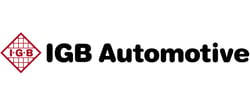
The elimination of manual efforts, especially the manual maintenance of Excel matrices, is a great relief; itemis ANALYZE helps us to work 70% more efficiently in our projects and in a much more structured way.
Have a look at our webinars (on demand) and whitepapers
Visit our Knowledge Center for more content on ISO/SAE 21434, Threat Analysis and Risk Assessment (TARA), and more.
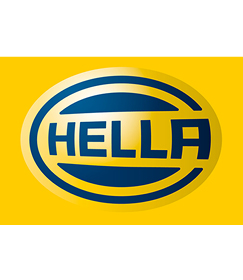
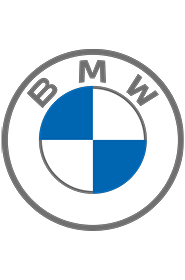
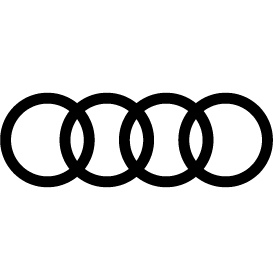
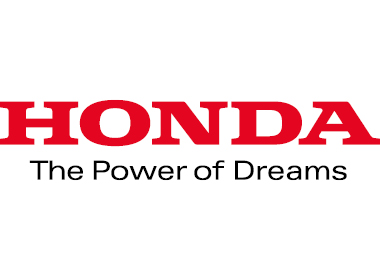
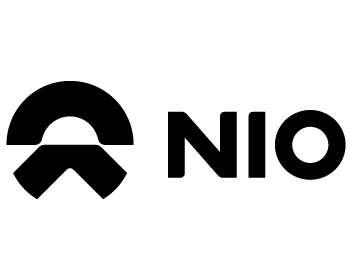

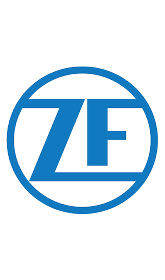
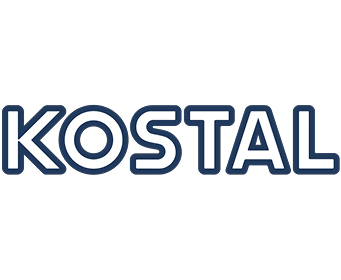
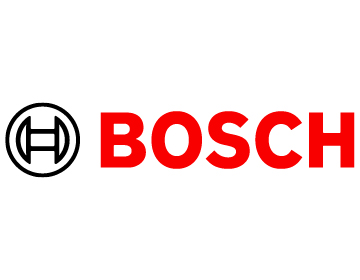
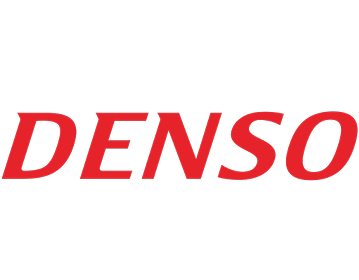

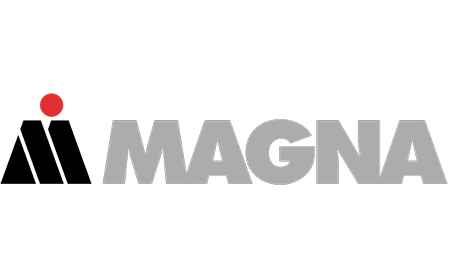

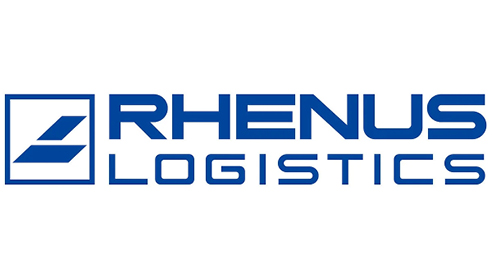
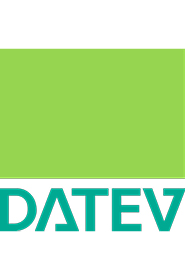
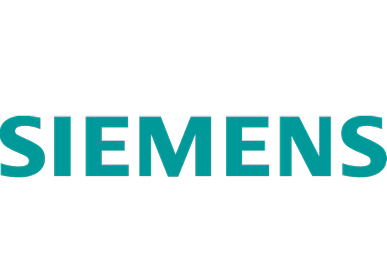
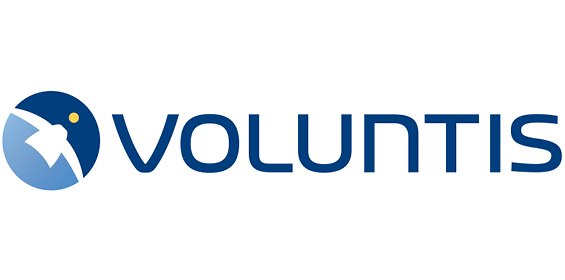



















Software-Defined Vehicle (SDV) represent the next evolutionary stage of the automotive industry. Software components of new vehicles now make up a large part of the development costs, driven by the integration of numerous new sensors, intelligent algorithms, very powerful and specialized processors, as well as a highly complex user experience in the vehicle. In addition, requirements for high performance and cybersecurity, as well as the distributed E/E architecture of the vehicle, bring challenges, while supply chains further complicate development. Software becomes the central value creation. This is one of the most extensive transformations and requires digital engineering with new software processes, tools and methods such as Model-Based Systems Engineering (MBSE) to unleash their full potential.
Innovative Technologies and Smart Systems for the Future – How We Can Help You:
Vehicle Cybersecurity
Industry standards like UN ECE R155 (CSMS), R156 (SUMS), and ISO/SAE 21434 with the TARA process demand improved model-based automotive cybersecurity management.
Processes, Methods & Tools
Benefit from our expertise and experience in DSLs and Language Workbenches such as Xtext, MPS, and modelix.
(Model-Based) Systems Engineering (MBSE)
Efficient development of cyber-physical systems through the consistent use of models and early virtualization in analysis and design.
Artificial Intelligence & Machine Learning
Architecting, Developing and Managing Systems based on AI/ML as well as leveraging AI/ML to increase productivity of the product development process.
Vehicle Cybersecurity
Industry standards like UN ECE R155 (CSMS), R156 (SUMS), and ISO/SAE 21434 with the TARA process demand improved model-based automotive cybersecurity management.
Processes, Methods & Tools
Benefit from our expertise and experience in DSLs and Language Workbenches such as Xtext, MPS, and modelix.
(Model-Based) Systems Engineering (MBSE)
Efficient development of cyber-physical systems through the consistent use of models and early virtualization in analysis and design.
Artificial Intelligence & Machine Learning
Architecting, Developing and Managing Systems based on AI/ML as well as leveraging AI/ML to increase productivity of the product development process.
Vehicle Cybersecurity
UN ECE R155 (CSMS) is widely adopted in the industry as well as standards such as ISO/SAE 21434 with its related TARA process. All of these require better systematic risk and model-based automotive Cybersecurity management.
Automotive cyber incidents are leading to multiple types of adverse outcomes which all need to be managed under a unified model-based cyber risk management framework. Recent 2022 cyber incidents resulted in significant impactful adverse outcomes of various categories including safety, disruptions, financial losses, privacy violations, as well as overall confidence and reputation degradation.
Automotive and smart mobility cyber incidents increasingly cross multiple organization boundaries, between OEMs and Tier 1, Tier 2, and other suppliers, between vehicle and right-to-repair partners, between vehicle in V2X communication partners, between vehicle and commercial transaction partners, between fleet managers and eco-system partners, and between software-defined vehicles and their functionality providers, among many examples.
Our Cybersecurity Products
itemis SECURE supports your TARA (Threat Analysis and Risk Assessment) throughout the entire life cycle of vehicles in full compliance with ISO/SAE 21434 and UN ECE R155 and empowers you to perform your TARA in the most reliable way to ensure a high level of security for you and your customers.
itemis ANALYZE is a professional traceability management solution that creates a comprehensive knowledge graph connecting your entire development toolchain, including modeling tools and code.
Our Cybersecurity Services
In addition to our tools, we offer cybersecurity consulting in accordance with UN ECE R155 (Cybersecurity Management System and CS Type Approval) as well as ISO/SAE 21434 & TARA trainings.
It’s Time for a Better Systematic Risk and Model-Based Automotive Cybersecurity Management!
Our dedicated experts and tools assist you in the industry standard compliant implementation.
Processes, Methods & Tools
Processes and Methods In the case of heavily regulated domains such as the automotive industry, avionics, or medical technology, there is a multitude of regulatory requirements regarding quality assurance, traceability, as well as verification and validation that must be adhered to. Process maturity (e.g., A-SPICE) must be demonstrated as well as compliance with dedicated standards for functional safety (IEC 61408, ISO 26262) and cybersecurity (IEC 62443, ISO 21434).
At the same time, software increasingly contributes to value creation in companies. The automotive industry is a typical example. The Software-Defined Vehicle (SDV) represents the next evolutionary stage, where vehicle functions will be largely or entirely implemented in software in the future.
We accompany you in the development of intelligent, software-based systems of tomorrow, and we empower you to be able to master your challenges independently in the future. The central task is to comply with regulatory requirements and actively manage the ever-growing complexity through the application of model-based approaches.
Each application domain and organization has its specific boundary conditions. Even if similar methodological approaches in systems and software engineering have manifested across industries, general applicability and suitability require specific adaptation in almost all cases. We support you in identifying and adapting an approach that perfectly meets your requirements.


Continuous Tool Chains & Tool Integrations
In the field of engineering tools, we are firmly convinced that "best of breed" is the best strategy. This way, we can support you in selecting the tools that best meet your needs and find out where individual development is worthwhile.
Our focus is primarily on optimizing product and software development processes. All sub-steps in the development process that can be automated should also be automated. With our comprehensive portfolio, we have successfully created customized solutions for various customers for seamless integration and data exchange between engineering tools to accelerate time-to-market by reducing manual effort.
Custom Tool Solutions & Domain-Specific Languages (DSL)
Those who are pioneers in their own industry or deal with very specialized technologies or processes often find no off-the-shelf software tools. Custom tool solutions are a valid approach here.
A domain-specific language explicitly maps the expertise of a domain. Professional concepts are considered as "first-class citizens," so that domain users can formulate formal statements with the vocabulary they are familiar with. The underlying formalization within a modeling environment ensures that domain-specific models can be checked syntactically and semantically, and that code or other artifacts can be derived. In this way, domain experts can contribute expertise to a software-intensive development without having to program themselves.
Do You Know the Optimal Processes, Methods & Tools to Make Your Projects Even More Successful?
Our experienced experts will assist you in selecting the right Processes, Methods, and Tools to maximize your success!
(Model-Based) Systems Engineering (MBSE)
With the growing complexity of today's technical systems, it is crucial to apply a systematic approach to their development, as specified by ISO 15288. Systems engineering is an interdisciplinary approach that draws from engineering, management, and other disciplines to ensure that a system meets the needs of its users and stakeholders, covering the overall development and lifecycle.
Model based systems engineering (MBSE) is an evolution to classical approaches in this sense. It relies on semiformal and formal models to represent the system, its context, and the relationships between. These models can be of different types, including structural, functional/behavioral, or physical models, or even dedicated fault/failure models as employed by FTA or FMEA analysis methods. By using models, engineers can explore the behavior of a system under different conditions, analyze its performance, and identify potential issues early in the development process, before the system is actually built.
MBSE can support the development, in particular with respect to functional safety (IEC 61508, ISO 26262) and cybersecurity (IEC 62443, ISO 21434) concerns, by providing a structured approach to system design and development that incorporates safety and security requirements and guidelines. With MBSE, engineers can use models to represent the system, its components, and their interactions, and to analyze the behavior of the system under different conditions. This allows engineers to identify potential safety hazards or cybersecurity risks early in the development process and to design and implement appropriate safety and cybersecurity measures.
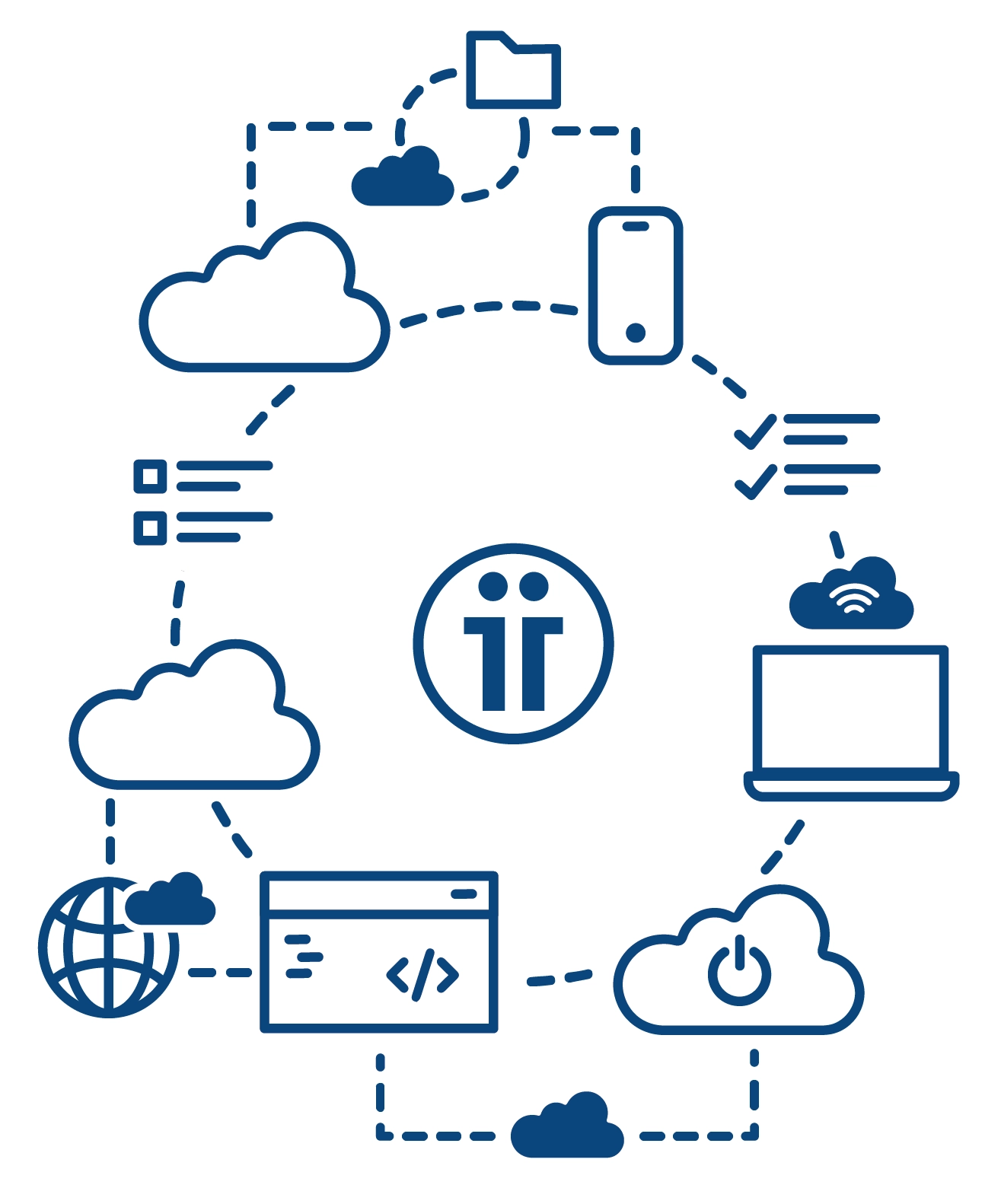
Our experienced system engineers carry out all engineering tasks, from the early requirement elicitation, via the requirement analysis, up to the specification of the system architectural design. Focussing on model-based techniques that employ formalism like SysML, MBD (Matlab, itemis CREATE, etc.), or domain-specific modeling languages, we apply a systematic and efficient approach to development. Our experience in functional safety, cybersecurity, and quality enables us to properly accompany the related analysis and validation activities like FMEA, FTA or FMEDA.
We are not bound to a particular application domain, but we can offer a significant background in Automotive. We have developed systems for various Automotive applications, from steering to brake systems, from BLDC pumps to door control and radar systems. Our engineers have gathered experience in developing systems in compliance with Automotive SPICE, ISO 26262, and ISO 21434, and are well experienced with software-intensive Automotive systems that produce software implementation according to Autosar. We know how to use all the relevant state-of-the-art engineering tools like Doors, Polarion, Rhapsody, Enterprise Architect, Cameo, or Matlab.
Are You Looking for Support in (Model-Based) Systems Engineering?
We support you in setting up the necessary infrastructure and train your employees in the application of systematic model-based engineering in compliance with the relevant industry standards!
Artificial Intelligence & Machine Learning
AI and especially its subdomain Machine Learning (ML) have been significantly impacting software and systems development in recent years. Innovation both in the computing infrastructure (such as GPUs accelerating the calculations) and innovative concepts in ML (such as large language models / LLMs) allow for addressing new problems that where formerly close to impossible to address with “classical” algorithmic approaches. Detecting pedestrians, extracting knowledge out of a body of text or even generating images based on textual descriptions are problems that are impossible to solve by designing an algorithm and implementing a program in C, C++, Java, etc.
The design and implementation of machine learning based systems requires expertise in a new technical domain as well as mastery of the related tools. Aspects such as data acquisition, data management and engineering, network design/training/validation, optimization and deployment as well as life cycle management and operations (MLOps) pose new challenges and are best introduced with an experienced partner.

Can you keep up with the pace of innovation?
We bring the qualifications and technologies to give you the necessary boost!
Knowledge Center
Further itemis Services & Products
Highly Scalable, Sustainable Solutions
Reach highly scalable, sustainable and secure enterprise solutions with our expert teams.
Turnkey Solutions From a Single Source
Achieve an all-in-one solution with our teams of experts in digitalization, software, cloud, frontend, and backend engineering.
Established Teams
Leverage our experienced teams to implement your individual IT development and projects.
Cybersecurity Threat Analysis and Risk Assessment Tool
Perform your TARAs throughout the entire life cycle of vehicles in full compliance with ISO 21434 with our market-leading tool.
Dedicated Traceability Management Tool
Be prepared for your next audit and improve your software’s quality by setting up the traceability for your project within hours.
Embedded Low-Code Development Tool
Automatically generate easy-to-understand and well-structured code with state machines for IoT and embedded systems.
Highly Scalable, Sustainable Solutions
Reach highly scalable, sustainable and secure enterprise solutions with our expert teams.
Turnkey Solutions From a Single Source
Achieve an all-in-one solution with our teams of experts in digitalization, software, cloud, frontend, and backend engineering.
Established Teams
Leverage our experienced teams to implement your individual IT development and projects.
Cybersecurity Threat Analysis and Risk Assessment Tool
Perform your TARAs throughout the entire life cycle of vehicles in full compliance with ISO 21434 with our market-leading tool.
Dedicated Traceability Management Tool
Be prepared for your next audit and improve your software’s quality by setting up the traceability for your project within hours.
Embedded Low-Code Development Tool
Automatically generate easy-to-understand and well-structured code with state machines for IoT and embedded systems.